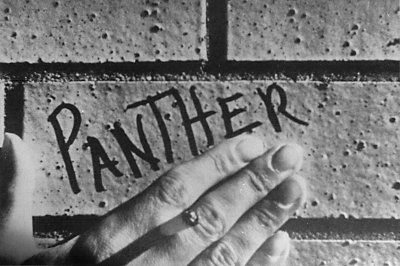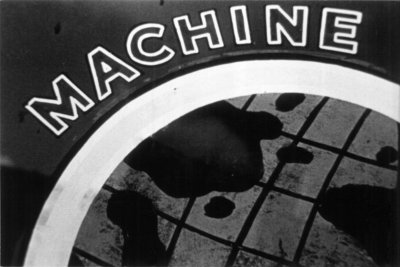

1970, USA, 16mm, colour, sound, 60 min.
Zorns Lemma is arguably the veritable master piece of American filmmaker Hollis Frampton. It combines a number of intellectual and aesthetic issues that Frampton had already explored in his earlier films and photographic work, especially his fascination with epistemology and set theory - the title is a reference to mathematician Max Zorn’s equivalent to the Axiom of Choice. The film is structured according to an axiomatic system, expressed both in ontological and structural codes. The central part consists of images of words, assembled in alphabetical order - a reference to the Encyclopaedic movement and the arbitrary tendency to categorize the World on the basis of the first letter of the object name. The ideograms gradually make place for arbitrary images, as a result of which an ingenious game between language and image is installed, inciting the audience to dismantle the control structures and discover the logic of chance.
For one or more things to be “ordered”, they must share a perceptual (provable) element. So there are many ordered subsets within the set of all elements that make up the film. There is the subset of all “abstractive” elements (the words, if they are seen as merely “list-able”) and the subset of all “fictive” elements (the images, if they are seen merely as deliberately “made”). But what you see (consciously) most of all is the one-second cut, or pulse. So that what I imply is that the maximal fully ordered subset of all film (which this film proposes to mime) is not the “shot” but the cut - the deliberate act of articulation. …Zorns Lemma is hierarchic, in that it proposes a possible meaningful “tour” of all elements within a set with regard to only one operation - discernment of their “ordering”, or the relative preponderance of their shared qualities.
Hollis Frampton
